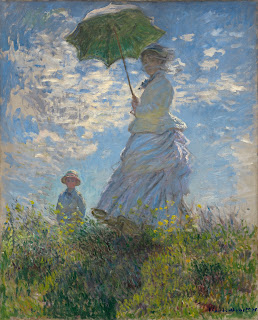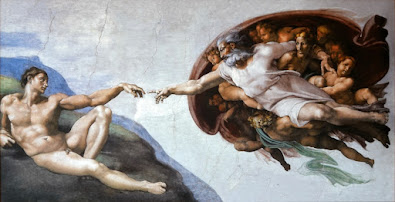Romantic Era Blog

IMPRESSIONISM VS ROMANTICISM Impressionism “Impressionism is perhaps the most important movement in the whole of modern painting. At some point in the 1860s, a group of young artists decided to paint, very simply, what they saw, thought, and felt. They weren’t interested in painting history, mythology, or the lives of great men, and they didn’t seek perfection in visual appearances.” This was a great time for artists as they were able to paint freely without the pressure of having to create a painting that coincides with history or mythology. I feel like this enabled artists to express themselves freely without constraints. Romanticism “At the end of the 18th century and well into the 19th, Romanticism quickly spread throughout Europe and the United States to challenge the rational ideal held so tightly during the Enlightenment. The artists emphasized that sense and emotions - not simply reason and order - were equally important means of understanding and experiencing the w...


